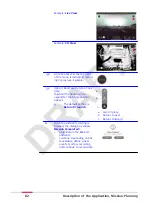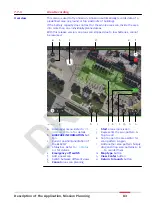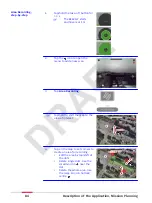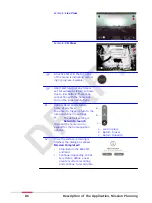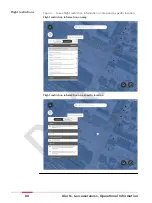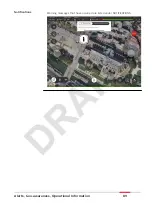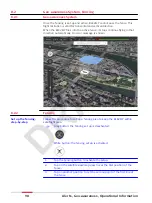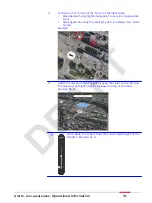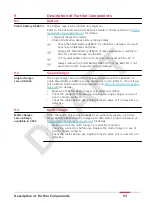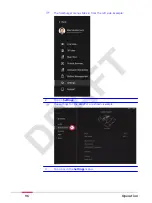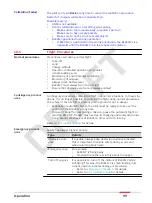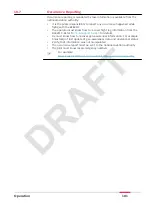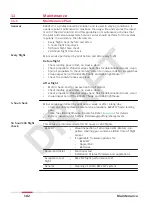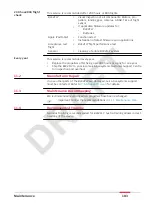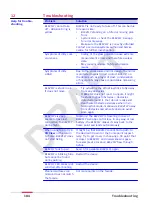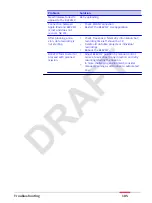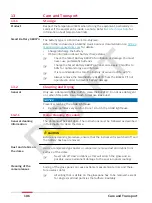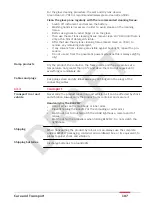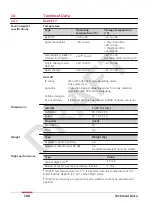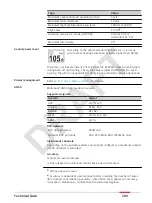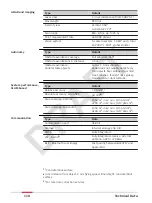
10.3
Pre-flight Procedures
•
Visual inspection of BLK2FLY
•
Take off and landing zone:
•
It is recommended for take off and landing zone, to have at least 4 m
clear distance to any potential obstacles
•
Ensure a safe take off and landing area
•
Take off and landing zone on grass: The BLK2FLY is able to take off and
land on grass. However, the grass should not be higher than 5 cm above
the ground. This ensures that the rotor and obstacle avoidance operate
correctly.
•
Environmental and weather conditions:
•
Ensure the environmental and meteorological conditions are adequate
for BLK2FLY operation
•
Refer to
6.3.1 Meteorological Conditions
for details
Checklist
•
Check if compass calibration is needed. Refer to
for details
•
Environmental and weather conditions allow BLK2FLY operation
•
Check for charged batteries
•
Ensure a safe take off and landing area
•
Check airspace information
•
Ensure fencing is set up and active if required
•
Ensure
Return behaviour
is defined as required. Refer to
for details
10.4
Compass Calibration
Be sure to calibrate the compass before the first flight. After that, calibrate
the compass when the BLK2FLY Live app prompts to do so.
☞
Take-off is prevented and pilot gets an information message (in flight
screen) once compass calibration is required.
When and how to run compass calibration in general
•
When moving to new sites, a compass calibration is more likely to be
needed
•
Compass calibration shall be executed in area free of magnetic fields
•
Keep enough distance to metal structures, metal pipes, on top on con-
crete with rebar or any other place where magnetic interferences likely to
be present
•
User should not wear watches, or other objects which can distort natural
magnetic field. UAV should be able to get GNSS position
•
Apple iPad can create magnetic field distortions. Ensure the Apple iPad is
at sufficient distance while calibrating.
Follow this procedure to calibrate the compass of the BLK2FLY
1.
Tap the hamburger menu icon.
Overview
Overview
Step-by-step
Operation
95


